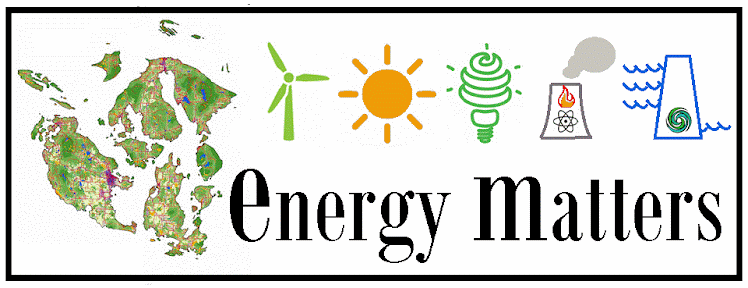Fukushima forecast shows large radiation cloud over U.S. West Coast on April 14, 15 (video).
What does it mean to see a spike of Xe-133 (an unstable, radioactive isotope of xenon gas)? According to Wikipedia, Xe-133 is one "of the fission products of both 235U and 239Pu, and therefore used as indicators of nuclear explosions". There were also reports of spikes in cesium (Cs-137) and iodine (I-131) releases soon after the 7.1 magnitude aftershock on April 9. See graphs from IAEA (International Atomic Energy Agency) as reported by enernews.com below.


TEPCO however said the spikes of radioactive materials was because "the gauge used to measure radiation was most likely broken" (as reported by NYT). If that's the case, should we be concerned about low readings from the broken gauge? Or the gauge is only "broken" when the readings are high? I am concerned about the lack of information and transparency.
Source:
http://enenews.com/fukushima-forecast-shows-large-radiation-cloud-over-u-s-west-coast-on-april-14-15

http://www.radiopharm.com/PDF/msds/XenonLantheusComplete.PDF
ReplyDeleteYou might have seen this, but this is a MSDS on Xe-133. It is used as a radiotracer gas in various diagnostic tets.
Not sure i'm too worried about measured concentraion levels yet.